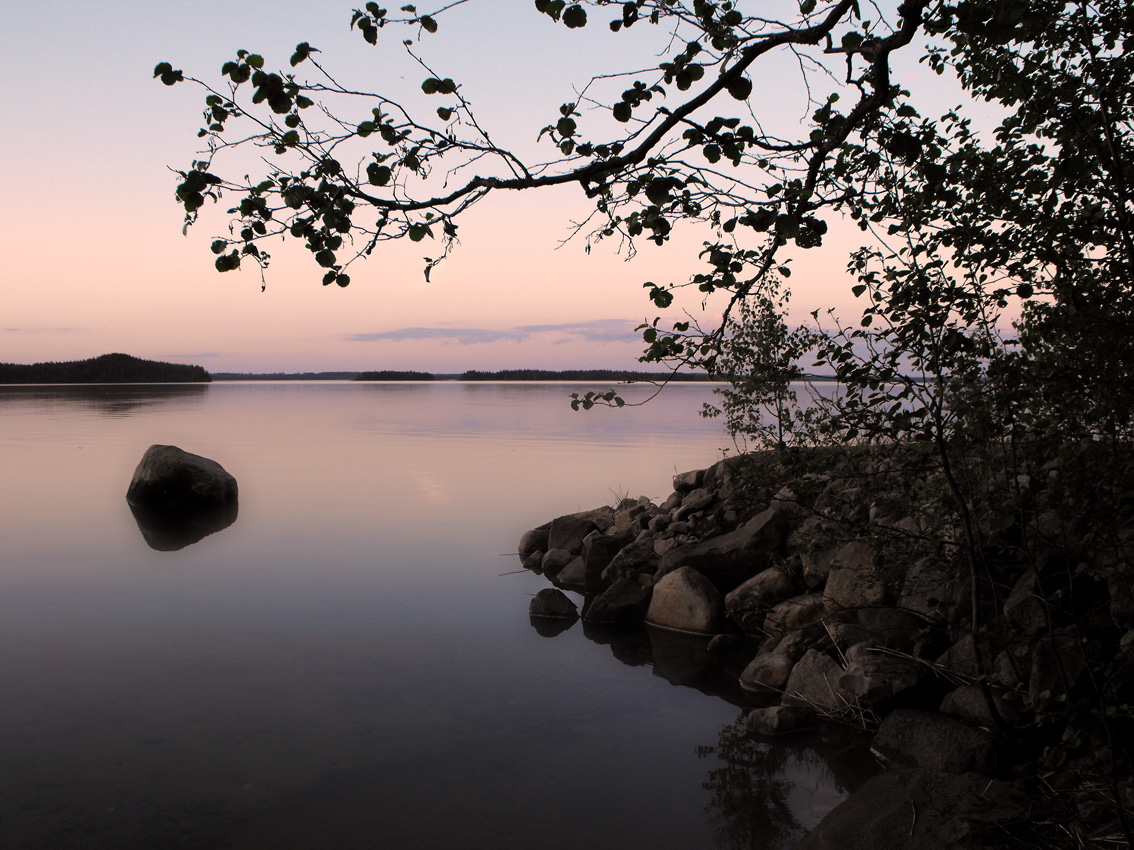 |
| By Miguel Virkkunen Carvalho from Lahti, Finland (The Silent Uploaded by Markos90) [CC BY 2.0 |
One ambition of poetry is to create a reverberant silence in its wake, one that means more or differently than the silence that preceded the poem.
-- Mark Doty, Chancellor, American Academy of Poets
I encountered the above quote in The Nothing That Is, April 15, 2015 Newsletter of the Amerian Academy of Poets.
We don't like silence.
It makes us nervous.
We rush to fill the seemingly dead air.
We twitch and fidget.
We begin to chatter when intentional sound does not quickly enough drown previously unnoticed background noises.
We rattle on, grasping for words and topics.
Sense may not be considered.
Eradicating the silence is all that counts
Nonsense may be the result
Anything-- just so the silence doesn't overtake us.
Poet and mystic Kahlil Gibran understood this fear of silence, this fear of being alone in the quiet, as well as the importance of silent spaces for fruitful thinking. In Talking he writes:
You talk when you cease to be at peace with your thoughts; And when you can no longer dwell in the solitude of your heart you live in your lips, and sound is a diversion and a pastime.And in much of your talking, thinking is half murdered. For thought is a bird of space, that in a cage of words may indeed unfold its wings but cannot fly.
There are those among you who seek the talkative through fear of being alone.The silence of aloneness reveals to their eyes their naked selves and they would escape...Read Talking in its entirety here.
Silence is not a bad thing-- or something to be feared. (In a previous post I pointed to more positive aspects of silences.)
We have simply forgotten how to be silent.
We have forgotten the delight of having an idea or a thought percolating while we wait in silence for it to bubble up ---in a new form, a generative organism.
We have forgotten the joy of being surrounded by silence.
What does the silent space to which Doty refers sound like?
I know that silence well.
I have seen it in my former classrooms, in writing groups of both children and adults, and during the daily read-around in the Columbus Area Writing Project
It is that aaaaaaah!
It is that contemplative space that remains after we have heard remarkable words read aloud. These words hang in the air caressing us, begging us to savor them, daring us enjoy them, beckoning us to follow them into subsequent thought, challenging us to converse with them, creating new conversations.
It is that silent space which acknowledges that no words can express our appreciation of what we just heard.
In a previous post, I wrote about silent response to what I call deeper writing.
Aaaaaah!
We all recognize that auditory space of reverent and "reverberant" silence to which Doty calls our attention.
Poetry and other types of writing, however, also provide another kind silence--visual spaces of silence.
Using spaces on the page--- between lines and stanzas, between paragraphs and pages, writers force us to pause, to breathe, to come to a full stop.
In that visual space, we ponder the words we just read-- the meanings conjured, the philosophies presented.
Poets spend as much time choosing spaces as they do choosing words and combinations of words to express their meanings.
Do I start another stanza here?I searched through my notebooks to find a poem in which space is evident and can be considered.
Do I leave a space at the end of this line?
What shape is the space around my words?
Click here to read Staring at the Blank Page. Does the spacing work? To what purpose? How might the spacing work differently?
 Even spaces between words, which we take for granted, are a relatively new development, with
Even spaces between words, which we take for granted, are a relatively new development, withI am currently reading Echo
Each of the four parts of her intricate novel is linked to the other parts, by a harmonica--- and by loneliness, war, and choices.
Each new part ( and new story ) is separated by blank pages before and after the page numbering and announcing that next part.

Each silent space calls us think about the several echoes in this story.
As readers, we often encounter silent spaces.
Spaces in which we reflect and remember, react and respond.
Spaces that call us to stop-- reverent and reverberant silences.
As writers, we create these same spaces.
Today's Deeper Writing Possibilities
Consider the book you are currently reading.
How has the writer used silent spaces?
In what ways do these spaces foster the reflective pauses as described by Mark Doty in the opening quote?
Consider a piece of your own writing.
How have you created silent spaces?
Write a personal essay outlining your process and thinking as you created these spaces.
Write a poem about silent spaces.
No comments:
Post a Comment